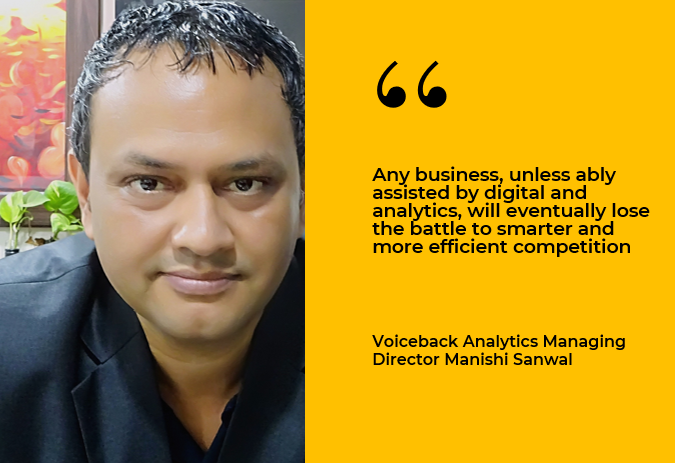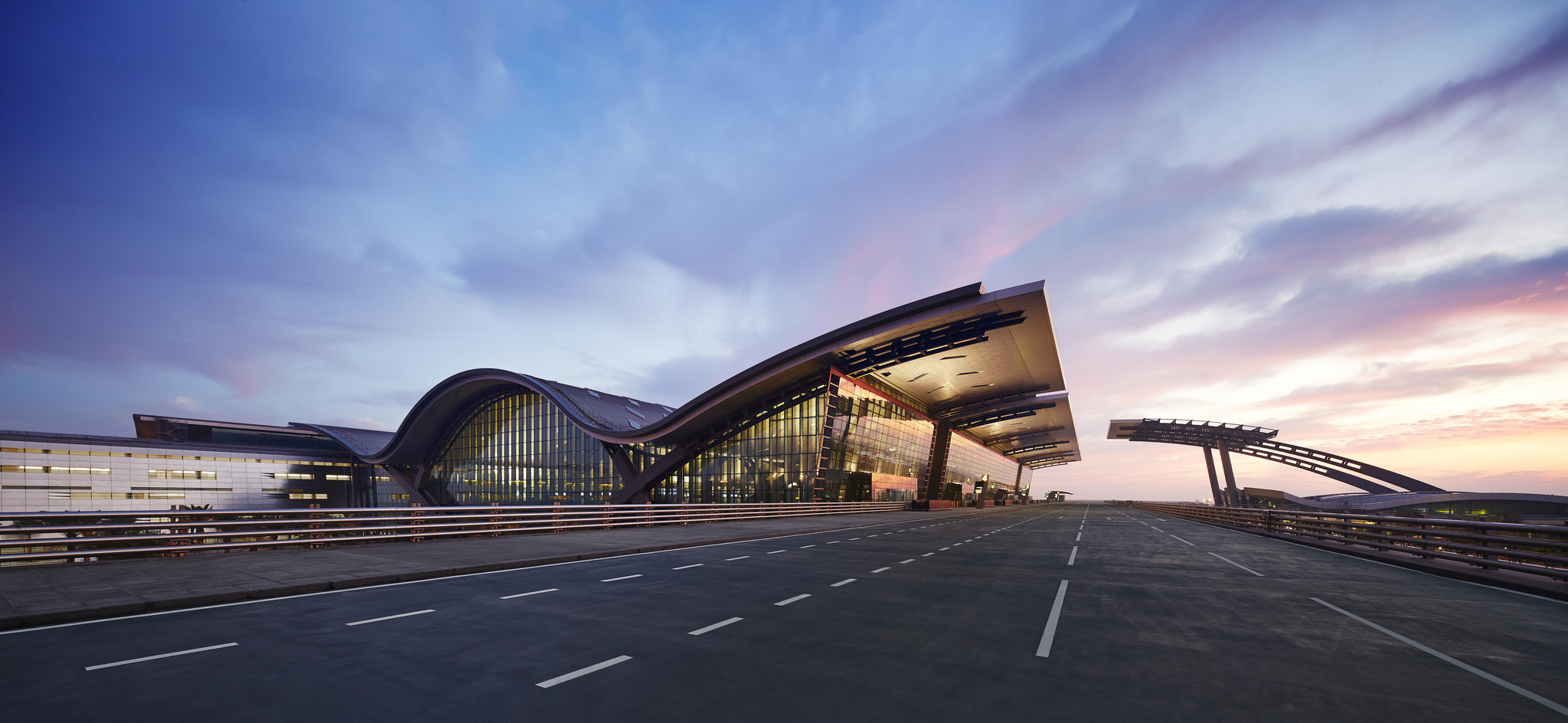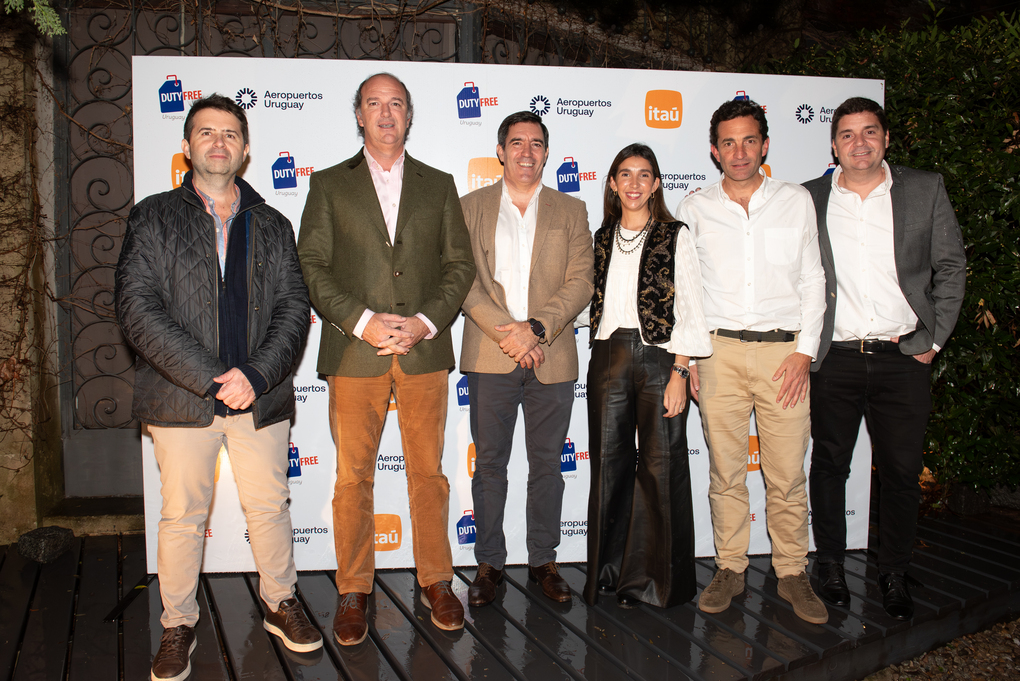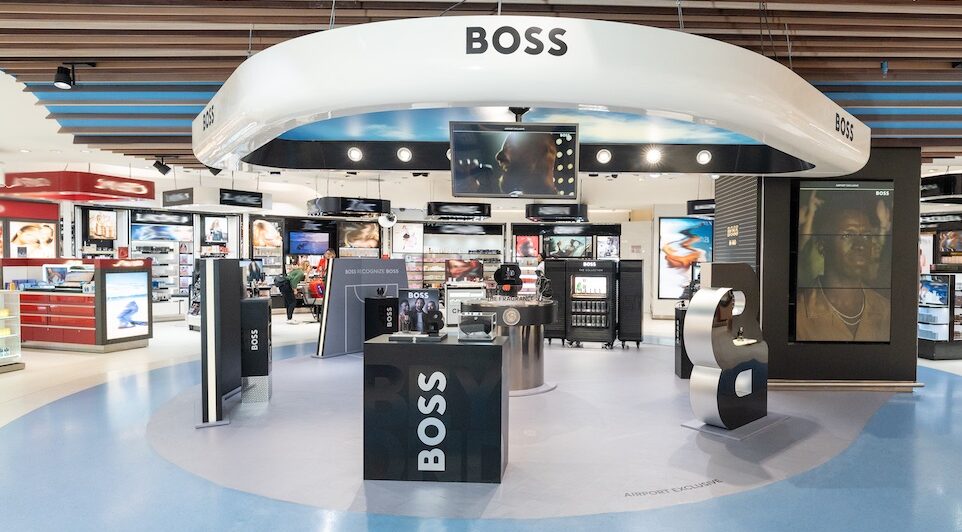 Introduction: The Moodie Davitt Report is pleased to introduce a new guest column in association with Voiceback Analytics, a company based in Bengaluru, India, which works across a combination of three diverse specialties – market research, operations and technology – to solve business problems and find avenues for growth.
Introduction: The Moodie Davitt Report is pleased to introduce a new guest column in association with Voiceback Analytics, a company based in Bengaluru, India, which works across a combination of three diverse specialties – market research, operations and technology – to solve business problems and find avenues for growth.
All of us interact with modern-day data analytics when a shopping recommendation pops up on our ecommerce applications or when a bot talks to us as a customer service executive, writes Voicebacks Analytics Managing Director Manishi Sanwal.
We know that the big companies like Microsoft, Amazon, Netflix, Google use these, but the big question for most of us is whether they can be used productively for our business?
Not a day goes by when we do not wonder if concepts like Big Data Analytics, Artificial Intelligence, and Machine Learning are all mere buzzwords or whether they have any real-life application. Are there applications and use cases out there which can make our business more profitable? Or are our competition already using these to get a competitive edge over us?
This article is the first in a series where we set out to simplify the concepts and write about how these can be used in travel retail or consumer brand businesses.
Voiceback Analytics FactfileVoiceback Analytics is focused on providing Data Analytics-based solutions to business problems. As a Gold Partner of Microsoft for Data Analytics, Global Partner of Microsoft for AI-ML & Solution Partner of Power BI, the company claims to operate the most advanced analytics available today.
“We get the data to speak”The company embodies a powerful combination of three diverse specialties – Market Research, Operations and Technology to solve business problems and find avenues for growth. The company has combined its 15-year history of Market Research & analysis with latest Data Management and Analytics Techniques to provide solutions to complex business problems. Please visit www.voicebackanalytics.com for more details on existing customers and case studies.
Voicebacks Analytics Managing Director Manishi Sanwal (above) is a leading retail & marketing professional with an extensive experience in brands and retail. He has operated in various leadership roles with LVMH group in India and China. Previously, he was the CEO of Flemingo Group, India’s biggest duty free retailer and Managing Director of DFS Group’s India operation. He is an engineering graduate from IIT, BHU, Varanasi & MBA from IIM Ahmedabad, India and can be contacted at manishi@voicebackanalytics.com |
So, what is Big Data?
Data is expressed in Volume (sheer size of collected data), Velocity (the rate at which new data flows into the system) and Variety (various kinds of data such as numbers, images, videos, audios, tweets, posts etc.).
Big Data is when we are looking at situations where we have large volume of data flowing in at a large velocity and having a large variety. Like most things in life, complications multiply when things become large. These 3 are often referred to as the 3V of Data Analytics. Most big data analytics today is about having a capability to handle large volume, velocity & variety of data simultaneously.
And Big Data Analytics?
The analytics of the big data collected above is very often classified based on maturity or complexity of work being done.
Descriptive Analytics combine techniques which can describe the data. These include charts, cross tables, and aggregations of the data. This is something which we have historically done but the current business intelligence platforms like Power BI have vastly expanded capabilities.
Automated pipelines refresh multiple data sources. Highly interactive visuals with complicated analysis on always-live data sets will make your data speak. Predictive Analytics includes predicting or forecasting the future. Significant advancements have happened with Machine Learning and Artificial Intelligence which are terms given to various algorithms which look at independent variables and try to predict the future movement of these variables.
Prescriptive Analytics is a step ahead wherein the analytics process would not only predict a future scenario but also prescribe a solution or the best possible way forward. This could be done at an aggregate or strategic level or an individual process level.
Machine Learning / Artificial Intelligence
This is the modern-day avatar of age-old statistics and the strongest pillar of predictive & prescriptive analytics mentioned above.
Vast amounts of computing power harnessed by algorithms can run models with hundreds of variables over millions of data points to predict or classify behaviour. Many of these are proven statistical techniques which probably we all studied growing up (Regression, Correlation, Analysis of Variation, Clustering etc.).
These very statistical tools have evolved to grow into algorithms like Random Forest, Decision Jungle, ARIMA, Market Basket analytics, Sequential pattern mining and many more which deliver a highly productive view of the data for decision making.
Deep Learning or Neural Networks are another line of models which mimic human brain. These take more data and more time to train and can be highly precise in select situations.

Travel retail & data analytics
There are many reasons that travel retail can derive immense benefits from the modern-day data analytics practices.
- Travel retail is organised and has data either for compliance reasons or for commercial reasons. Every transaction of every customer is recorded. This generates high quality and high granularity data streams.
- Travel retail is promotional in nature leading to a big shift across brands across months depending on the ongoing promotion. After rental costs (which are anyway fixed), promotional costs are the single largest cost component for brands and operators. Optimising promotions without losing top line would significantly improve the profitability.
- Travel retail supply chains are long with large lead times and ordering cycles. This requires high-quality forecasting. Lost sales due to inventory gaps create a large dent in profitability due to high trading margins.
- A lot of products in fashion, beauty and confectionary are limited shelf-life items either due to fashion season planning or due to inherent product expiry issues, making ordering more complicated. The forecasting volumes have to be precise – neither more nor less.
- A lot of travel data is in the public domain. Tickets are booked in advance and data is available on expected volumes. Governments track the travel data and share it for public usage. Customers tweet or put-up Instagram posts or do Facebook posts creating a social trail of travel behaviour which can be studied and used to our advantage; and
- There is a repeatability at a customer level. A customer usually uses the same airport or same connection every time she travels, making precision targeting a reality. Operators, if they peep into their day will be able to determine customer preferences towards brands, products, promotions & how these have evolved over time.
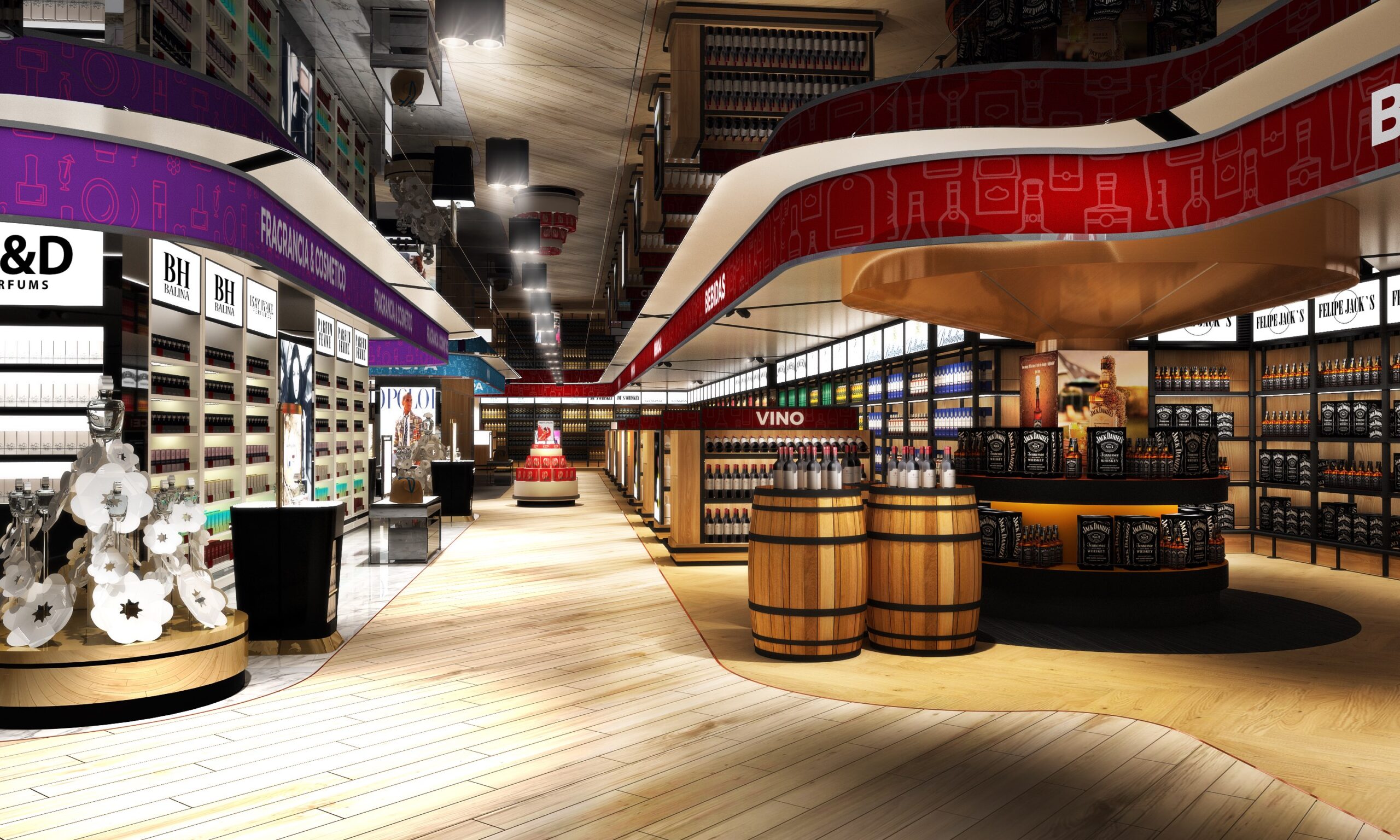
A few indicative use cases of travel retail are enumerated below
a) Forecast sales for future months
b) Measure promotion efficacy
c) Predict best promotions
d) Decide optimum pricing for new products
e) Predict customer baskets and products bought together
f) Pamper loyal customers to stay loyal
g) Give individual promotions to customers based on their buying behaviour and many more.

Why now?
The amount of data available as well as the increased computing power has been the driver of the change. Running a data-driven operation was simpler ten years back. The data was less, and the analytics was easy. One needed to grasp a few simple tables and charts at the end of a quarter and plan a strategy around that.
Not anymore. Data being collected, stored and processed has multiplied due to ongoing digital transformations. As business models shift with the advent of digital and e-commerce, companies have a real threat to their existence in a new competitive world.
Every day, we hear of disruption of existing business models across industries. Be it hotel industry, car industry, retail, health & pharma, the advent of digital and data shifts profitability profiles and cause disruptions.
Any business, unless ably assisted by digital and analytics, will eventually lose the battle to smarter and more efficient competition.
Conclusion
A digital transformation to a data-managed operation is not a luxury anymore. It is a necessity which can create a massive differentiation for a brand or an operator.
The available data set and the technology to analyse it can be combined to give a great competitive edge to any operator or any brand in travel retail.
In subsequent articles, we will take a detailed look into use cases available for augmenting the performance of functions such as merchandising, supply chain, sales, marketing and finance and how they can be deployed to gain business advantage.
For more details contact Manishi Sanwal at manishi@voicebackanalytics.com






